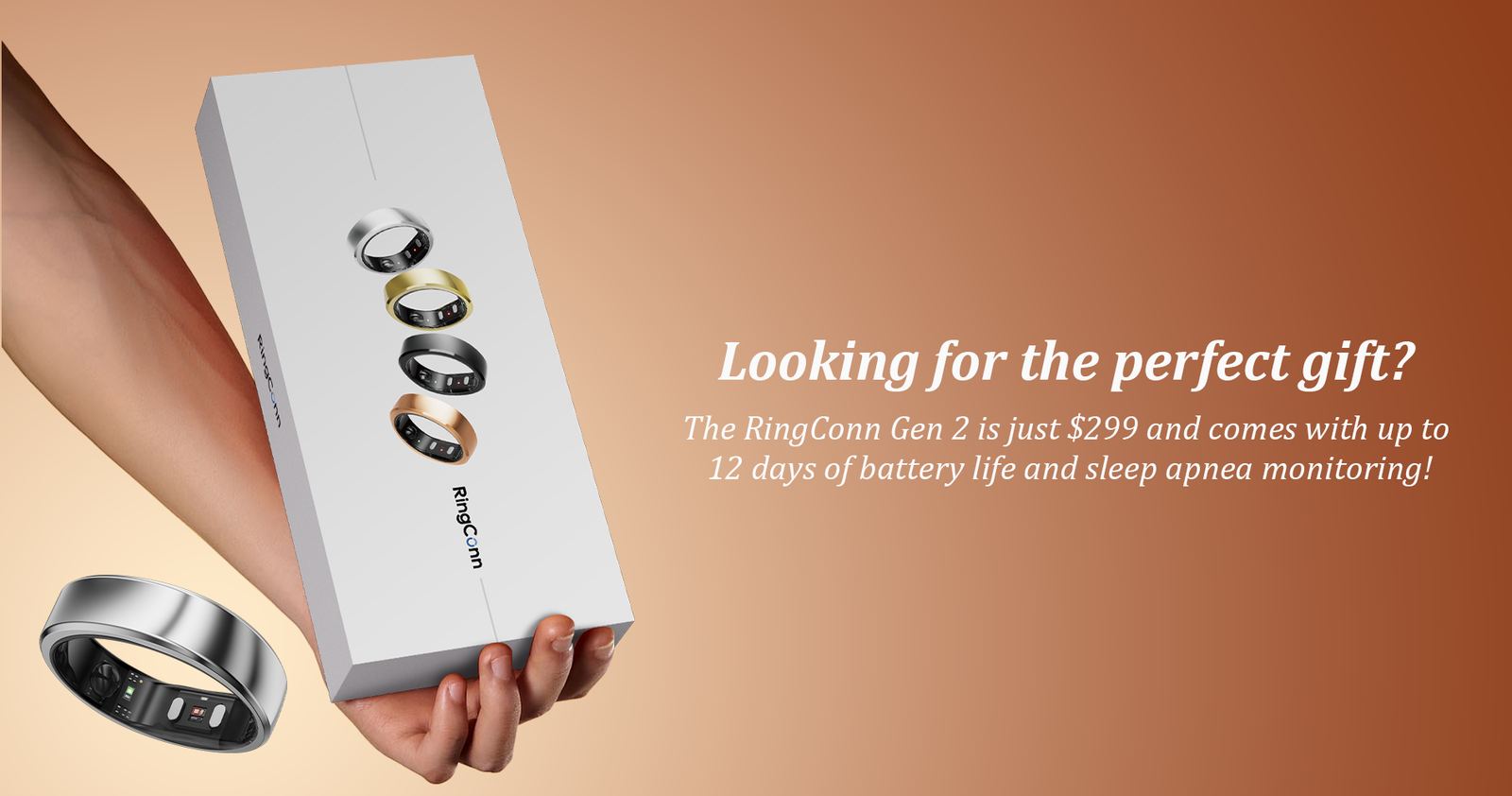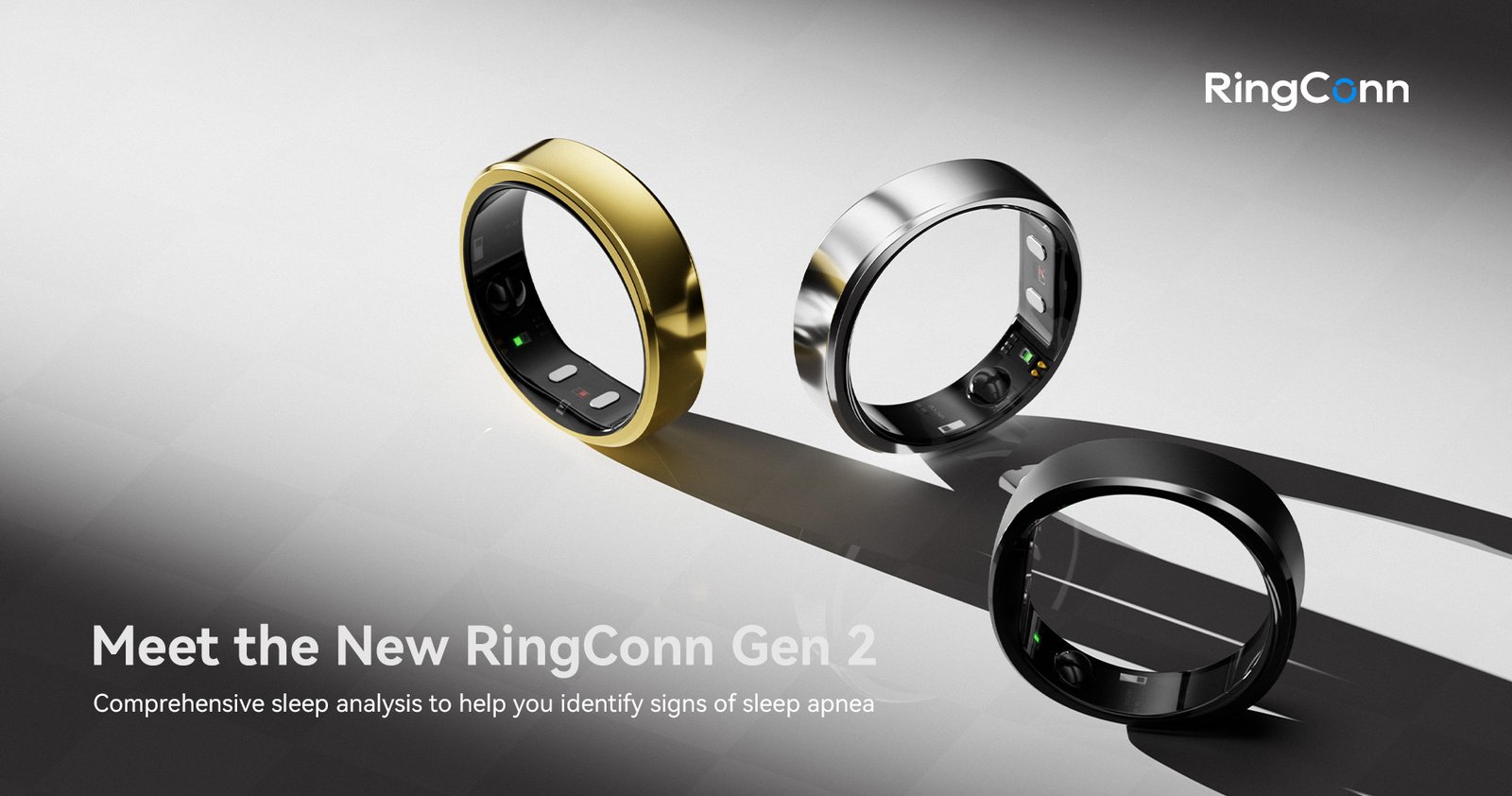When you’re in the coaching business, one of the most daunting challenges is knowing how to structure your time—especially those 50-minute sessions that seem both short and impossibly long when you’re just starting out. Michael Hyatt, a seasoned coach and entrepreneur, knows the feeling. Early in his career, he often worried whether he could deliver enough value to justify the time, the trust, and the investment from his clients.
But through experience and experimentation, Hyatt developed a simple, repeatable framework that became his go-to structure for coaching calls—and one that continues to deliver consistent value. It all comes down to six core questions. These aren’t just conversation starters. They’re practical tools that unlock clarity, build momentum, and deepen the coach-client relationship. Whether you’re a professional coach or a manager conducting one-on-ones, these questions can make every conversation count.
The Power of Preparation
Before each session, Hyatt sends his clients a worksheet with these six questions. It’s designed to take just five minutes to complete. The goal is not deep analysis, but a quick pulse check to identify what’s top-of-mind. This small but powerful pre-session ritual sets the stage for a purposeful, productive coaching call.
Let’s break down the six questions and explore why they work.
1. What were your three top wins since we last talked?
It’s human nature to focus on problems. Our brains are wired for survival, so we zero in on what’s wrong, what’s missing, and what needs fixing. This mindset may help in crisis management, but it can wear down confidence and motivation over time—especially for business owners and high achievers.
That’s why Hyatt starts with wins. Big or small, victories shift the mental framework. Celebrating progress helps clients realize they’re moving forward, even when growth feels slow or invisible. It’s a confidence boost—and it reinforces that success isn’t just in solving problems but in recognizing how far you’ve come.
2. What is your outlook on things right now? Rate from 1 to 5.
Think of this as the coaching version of taking vital signs. A simple rating provides insight into a client’s mental and emotional state, without diving into lengthy explanations. It’s a diagnostic tool:
- 1 = “I’m overwhelmed and stuck.”
- 2 = “It feels like three steps forward, two steps back.”
- 3 = “I’m making progress, but it’s harder than expected.”
- 4 = “I have momentum and things are moving.”
- 5 = “I’m on fire—life and work are clicking.”
Whatever the rating, it opens the door for honest dialogue. It also reminds clients (and coaches) that struggle is a normal part of growth, not a sign of failure.
3. What are you currently excited about?
This question redirects attention once more—toward optimism and energy. It’s not about ignoring the hard stuff; it’s about embracing the whole picture. As Tony Robbins famously says, “Where focus goes, energy flows.” Highlighting excitement can ignite creativity, reveal purpose, and reinvigorate commitment.
For coaches, this insight is gold. Understanding what lights up a client helps shape goals that are not only strategic but also deeply motivating.
4. How far did you get with your commitments from our last session?
Accountability is the glue that holds coaching together. Ending each session with commitments—and following up at the next—creates continuity and reinforces integrity. Did the client follow through? Why or why not?
If they didn’t meet a goal, Hyatt doesn’t shame or scold. Instead, he asks a critical question: “Is this commitment still relevant?” If the answer is yes, it stays. If it’s not, it’s dropped without guilt. The key here is alignment, not perfection. This approach builds responsibility without burden, and it keeps clients engaged rather than discouraged.
5. What are you currently putting off or avoiding?
Every client has something they’re dodging. Often, procrastination signals that a task feels too big, too ambiguous, or emotionally charged. Naming the thing they’re avoiding is the first step toward making it manageable. From there, a good coach helps break it down, identify the next smallest action, and nudge momentum back into motion.
This question is about courage and honesty. It often leads to breakthroughs—because what we avoid is often what matters most.
6. What is at least one item you want to discuss today?
This is the heart of the session. Early in his career, Hyatt noticed clients would often save their real issue until the final five minutes. Now, he carves out 20 minutes specifically for it. The prior five questions clear the noise, shift the mindset, and build energy—so when it’s time to dive into the “real” topic, clients are ready to tackle it head-on.
By asking directly, “What’s one thing you really want to talk about today?” Hyatt ensures the session addresses what matters most in the moment. This keeps coaching dynamic and personalized, not just process-driven.
From Uncertainty to Structure—and Results
For new coaches, the blank space of a session can feel intimidating. But structure doesn’t limit creativity—it liberates it. Hyatt’s six-question framework offers a dependable rhythm that balances emotional intelligence, strategic thinking, and practical execution.
The result? Sessions that feel purposeful and productive—for both coach and client.
And perhaps most importantly, this simple approach scales. Whether you’re coaching entrepreneurs, executives, or creative professionals, these questions meet people where they are—and help them move forward.
So next time you’re wondering how to fill 50 minutes, remember: the best coaching isn’t about having all the answers. It’s about asking the right questions.





